2017 Hyundai Grand i10 facelift review, test drive
Hyundai has given the refreshed Grand i10 more equipment and a bigger and more powerful diesel engine.
Published on Feb 07, 2017 11:18:00 AM
1,66,166 Views
Follow us on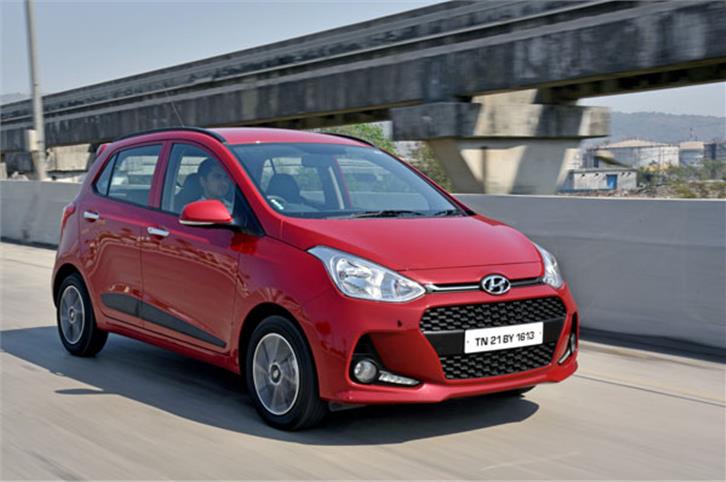
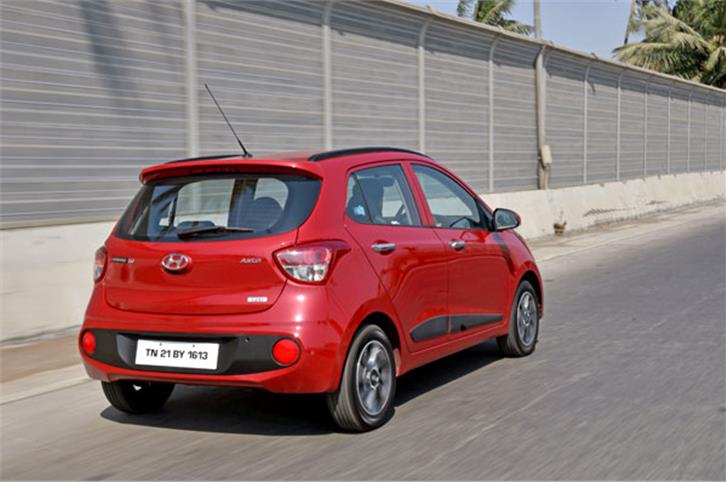
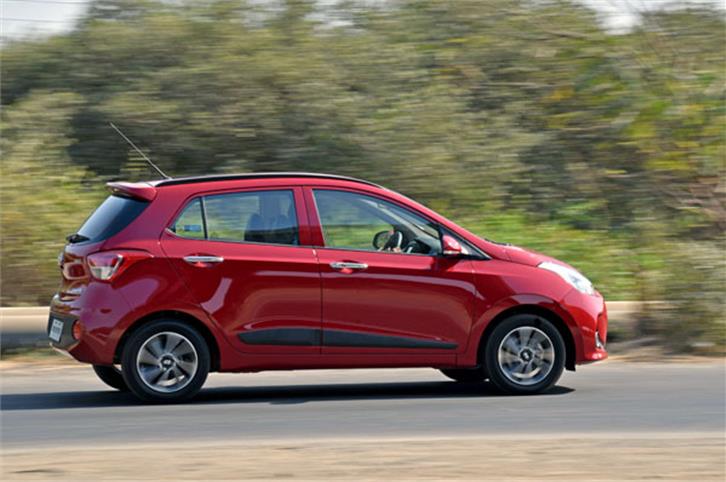
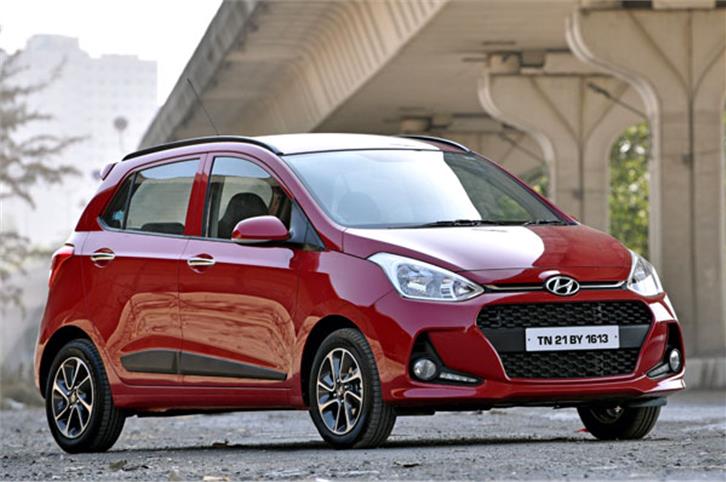
What’s it like to drive?
While power on the petrol engine Grand i10 is similar to that of the outgoing car, the diesel gets a larger more powerful engine. While the outgoing car was powered by a 1.1-litre diesel, this one gets a slightly larger 1.2-litre three-cylinder engine with 75hp (4hp more than before). The engine’s capacity has gone up from 1,120cc to 1,186cc, and there’s a bump up in torque figures too from 160Nm to 190Nm. Max torque, however, is now available for only 500 revs (between 1,750 and 2,250rpm) compared to the 1.1L’s wider 1,250 revs (between 1,500 and 2,750rpm).
On the move, the diesel engine also retains its refined yet responsive character. It still vibrates quite a bit at idle and this vibration can get a bit annoying too, but all this disappears once you put your foot down. Get a few revs up and the three-cylinder smoothens up so nicely that it feels almost petrol-like. Power is delivered in a very linear manner and there’s no noticeable turbo lag to speak of. The additional power and torque may not seem like much in numerical terms but real-world performance is greatly improved, especially so in town. 20-80kph in third gear takes 11.60 seconds compared to the earlier Grand i10 diesel's time of 14.24 seconds. 40-100kph in fourth gear is also down to 13.75 seconds compared to the 17.23 seconds it took on the older car. The Grand i10 generally feels more eager off the line. Press down further – and unlike earlier, where you hit a wall – the Grand i10 now powers on for a bit, with plenty more performance on tap. No, it doesn't feel as peppy as Fiat's 75hp Multijet, used on many a Maruti, but the additional punch does mean you aren't yearning for more power as you were either. The effective powerband is wider than before too but past 4,000rpm, the three-cylinder gets loud and clattery. So, it's best to upshift early and ride the wave of torque, even though the engine spins well up to 5,000rpm. Hyundai claims that both petrol and diesel engines are more fuel efficient thanks to a new alternator management system and better aerodynamics (the latter down to the new front air dam).

The other area where this car is improved is ride and handling. It now takes to the road like a much bigger, more expensive car with commendable sound insulation and good bump absorption. And that little bit of an edge that the earlier car had over sharp bumps, Hyundai seems to have been able to get rid of that too. Even pitching and bobbing on wavy surfaces are well-controlled and the car feels planted and confidence-inspiring at highway speeds. Its steering might not feel very sporty or lively but it is light enough in the city and returns to centre quite nicely on the move. The real jewel, however, is the gearbox. It is light, has a short throw, and, with well-defined gates, makes shifting gears a joy. Even the clutch is nice and light, although the action is a bit springy and at times is a bit difficult to modulate; especially considering the stall characteristics of the three-cylinder motor.
Copyright (c) Autocar India. All rights reserved.




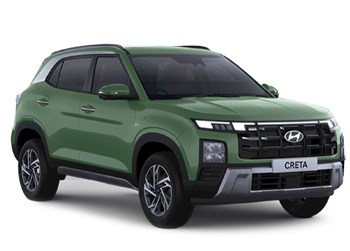
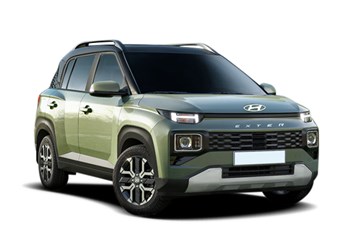
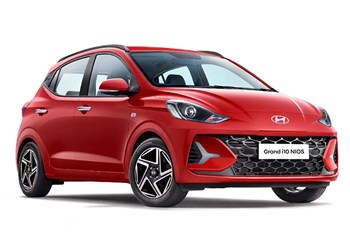
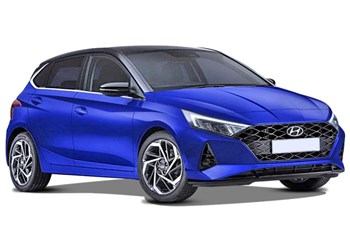
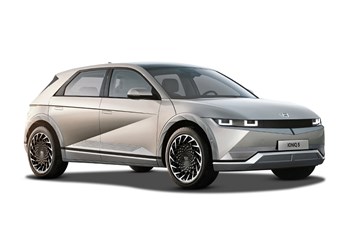
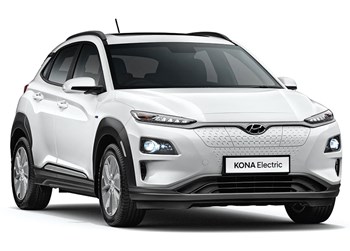







Comments
Member Login
Personal Details
No comments yet. Be the first to comment.